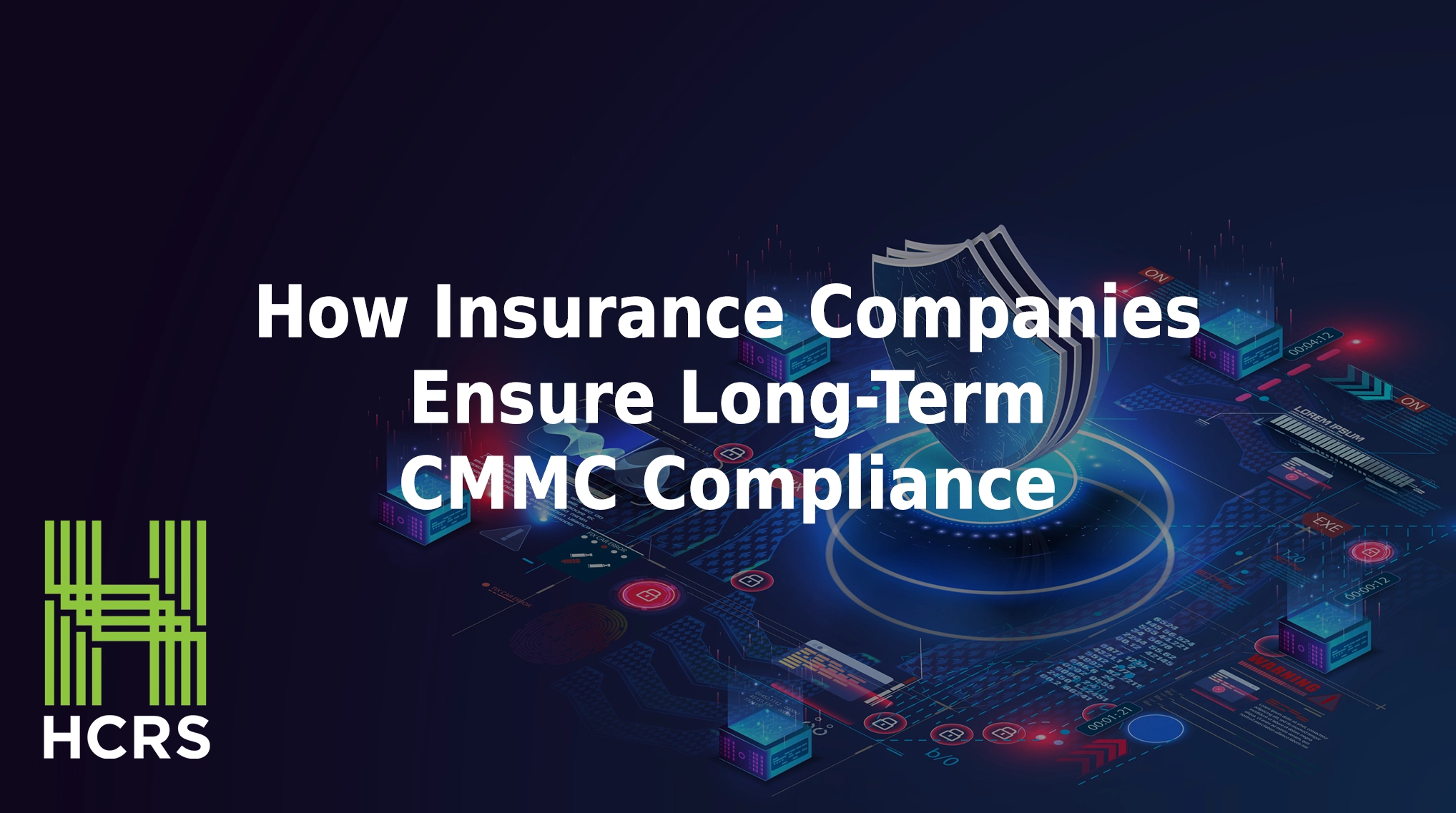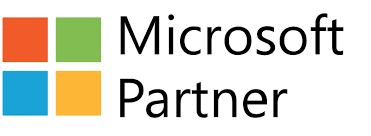
How Insurance Companies Ensure Long-Term CMMC Compliance
Insurance companies that work with the government or contract with clients who do must comply with the Cybersecurity Maturity Model Certification (CMMC). Doing so safeguards sensitive information, secures government contracts, and ensures overall data integrity. Below, we explore strategies on how insurance companies can ensure long-term CMMC compliance.
Understanding CMMC and Its Relevance to the Insurance Industry
The CMMC framework is designed to assess and enhance the cybersecurity posture of any organization. While originally designed for defense contractors, its principles are highly applicable to insurance and the vast amounts of personal and financial data that the industry manages. Implementing CMMC standards can help insurance companies in several key ways.
- Enhanced Cyber Defense
By adopting CMMC controls, insurers can protect their data against breaches and other types of malicious online attacks.
- Reinforced Compliance
Aligning with CMMC helps you meet regulatory requirements related to data protection and cybersecurity, including NIST SP 800-171.
- Improve Risk Management
Structured cybersecurity practices contribute to better threat detection and mitigation, lowering your risks for downtime and damage.
Strategies for Ensuring Long-Term CMMC Compliance
1. Conduct Comprehensive Risk Assessments
Regularly evaluate your organization’s cybersecurity posture to identify vulnerabilities and areas needing improvement. This approach lays the foundation for effective compliance strategies.
2. Develop and Update Security Policies
Establish clear, documented cybersecurity policies that align with CMMC requirements under the appropriate maturity level. Regularly update these policies to address emerging threats.
3. Implement Technical Controls
Deploy technical measures such as access controls, encryption, and continuous monitoring systems to protect sensitive data. Ensure that these controls are integrated seamlessly into your existing IT infrastructure.
4. Provide Employee Training and Awareness
Educate staff on cybersecurity protocols and the importance of compliance. Regular training sessions help foster a culture of security awareness and ensure that employees understand their roles and responsibilities for maintaining compliance.
5. Engage in Continuous Monitoring and Improvement
Establish processes for ongoing network and system surveillance to detect and address vulnerabilities promptly. Regular maintenance and updates are crucial for adapting to evolving threats.
Best Practices for Sustaining CMMC Compliance
- Engage Leadership Support
Ensure that top management is committed to cybersecurity initiatives, providing the necessary resources and support for successful implementation.
- Customize Controls to Fit Your Organization
Tailor CMMC controls to align with your company’s specific operations and risk profile, ensuring practicality and effectiveness.
- Collaborate Across Departments
Foster collaboration between IT, compliance, legal, and other relevant departments to create a unified approach to cybersecurity.
- Stay Informed on Regulatory Changes
Review changes to regulations so that you can adjust your compliance strategies accordingly.
HCRS Is Your Long-Term Compliance Solution
HealthCare Resolution Services specializes in consultations and prep work for insurance companies that need to comply with CMMC.
- Expert Guidance
We help you analyze your current cyber posture to identify what changes you will need to make to meet CMMC standards.
- Customized Strategies
We develop an implementation timeline for incorporating CMMC requirements seamlessly into your existing processes.
- Training Programs
We offer comprehensive cyber training to ensure that your team is well-equipped for current and future needs.
- Continuous Support
We provide ongoing assistance to adapt to regulatory changes and emerging cybersecurity threats.
Contact us today to learn more about a program for integrating CMMC requirements into your insurance workflows for robust data protection and regulatory compliance.










